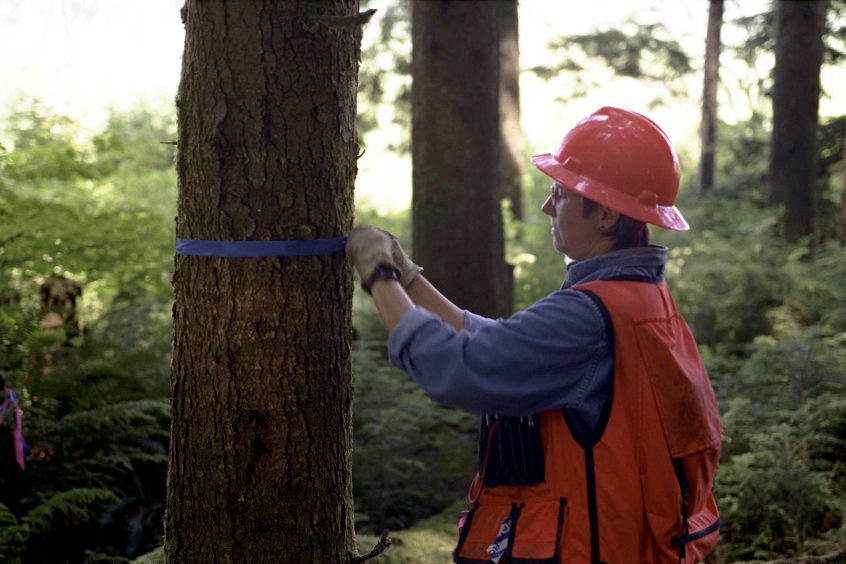Scientific research shows that actively managed forests promote ecosystem health, contribute to air and water quality for people and wildlife, and improve habitat for the animals that make the forest their home. This past year, a great deal of policymaking and practices centered round a concept that foresters and private forest landowners have long adhered to – that a managed forest is a healthy forest.
Here are some of the top stories over the past year that underscored that responsibly managed forests lead to healthy, resilient forests that benefit the entire state.
22-year anniversary of Forests & Fish Law:
2021 marked 22 years since then-Gov. Gary Locke signed into law the Forests & Fish Law – legislation that aims to restores fish habitat and salmon populations throughout the state.
The historic law, designed to comply with both federal and state laws, is among the largest and most comprehensive pieces of environmental legislation in the United States. The Forests & Fish Law is predicated on having forest practices rulemaking based on science and adaptive management. It is because of that that the landmark legislation enjoys broad support from a diverse set of stakeholders, including landowners, tribes, environmentalists, as well as local, state and federal agencies.
Working forests have embraced Forests & Fish, and helped lead the way in restoring waterways, removing culverts, and improving forest roads to protect fish-bearing streams and address potential fish passage barriers. To date, private forest landowners have invested more than $315 million to open 6,188 miles of fish habitat.
Wildfires:
After several years of severe wildfires that impacted air quality, damaged private property, threatened lives, and burned hundreds of thousands of acres, the Legislature passed a groundbreaking forest health bill focused on wildfire prevention and increasing the pace and scale of forest restoration efforts.
Specifically, the bill dedicates $125 million to help modernize the state’s fire preparedness and improves the health of forests across the landscape. The legislation explicitly lists forest resource management approaches working forests have applied for decades to help maintain healthy, resilient forests. Tools like fuel reduction, thinning and prescribed fire have been shown reduce the risk and severity of wildfire
The bill also reforms some of the operations of the state and solidifies cooperation among state and federal forest managers. Significantly for forest landowners, the bill also creates the largest, and most targeted, forest sector workforce development initiative in modern memory.
Managed forests improve forestry health:
A University of Washington examination of western wildfires concluded that more than a century of fire suppression policies created a situation where fuel loads in unmanaged forests have made forests more vulnerable to large-scale wildfires. The study found that the idea that all fires were bad created “dense forests packed with excess trees and brush that ignite and spread fires quickly” under increasingly hotter, drier conditions.
The UW report concluded that applying proven-effective approaches like thinning, prescribed fire, integrating western fire science with traditional ecological knowledge and modeling indigenous fire stewardship practices can boost biodiversity and help prevent forest fires from becoming catastrophic blazes.
State agencies like The Department of Natural Resources and conservation groups like The Nature Conservancy also are implementing forest management practices to not only promote healthy forests that are more resistant to megafires, but also more resilient against infestation, disease and predation. In the long run, agencies and conservation groups have gone on record to state that the healthier, managed forest will benefit wildlife habitat and environment.
